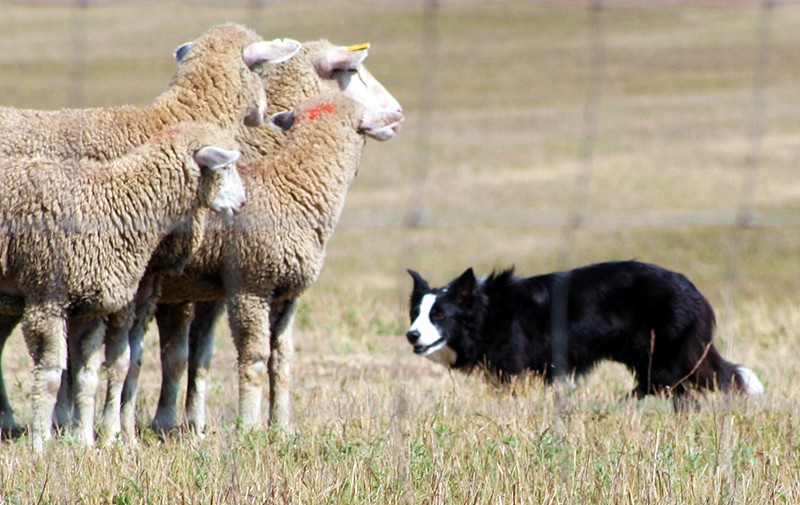
Origin
In the world of working stock dogs, there is no more iconic breed than the border collie. The quintessential sheepdog, the border collie can trace its ancestry to rough drover’s dogs used in the border country between England and Scotland from the 17th to the 19th century to work livestock and drive them to market. Despite being indispensable to the shepherds of these rugged and inhospitable highlands, the drover dogs of this era were neither easy to handle nor easy on the stock.
Breeding
In the late 19th century, a shepherd by the name of Adam Telfer began experimenting with a cross between these coarse dogs and the milder-mannered working collie. The end result was a dog by the name of Old Hemp, a powerful yet biddable creature that became the progenitor of the border collie breed. According to Patricia McConnell, a certified applied animal behaviorist and working border collie owner, the history of the border collie breed is “like a genetics 101 experiment” to see what happens if you breed for ability to work instead of adherence to a physical “breed standard.” In today’s working border collie registries, you will find dogs of all shapes, sizes, and coat types.
Instincts
Despite their varied appearance, working border collies are herding prodigies. They can work magic on any type of stock, from sheep and cattle to poultry and pigs, and do it with such style and ability that they have become the stock dog of choice for ranchers across the globe. “The ideal working border collie has the perfect mixture of balance—the ability to find the exact right point in space and put the exact right amount of pressure on the sheep—and power,” says McConnell. “They are benevolent leaders that can take charge without panicking the sheep and are an absolute joy to work.”
Personality
However, adds McConnell, border collies are not a dog for everyone. “They need a lot of exercise—mental, too, not just physical,” she explains. “They are bred to listen to their handlers from far away while in a hyperfocused state, so they are very sound- and motionsensitive,” she says. And the single-mindedness that allows them to stay focused on their job in the face of all sorts of distractions can also make them prone to obsessive behaviors. “So they may not be the best match for families with children or for busy, boisterous households,” says McConnell. But if you can give them a job—working stock, racing through an agility course, or leaping after a highflying Frisbee—they can be great dogs both on and off the farm.




